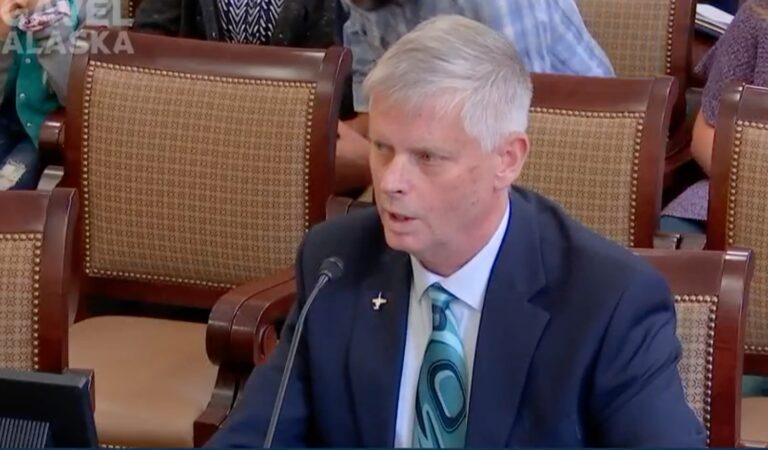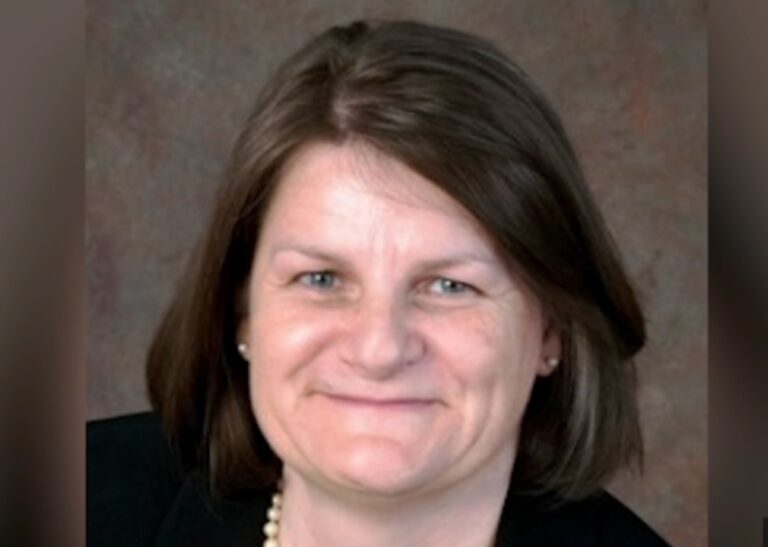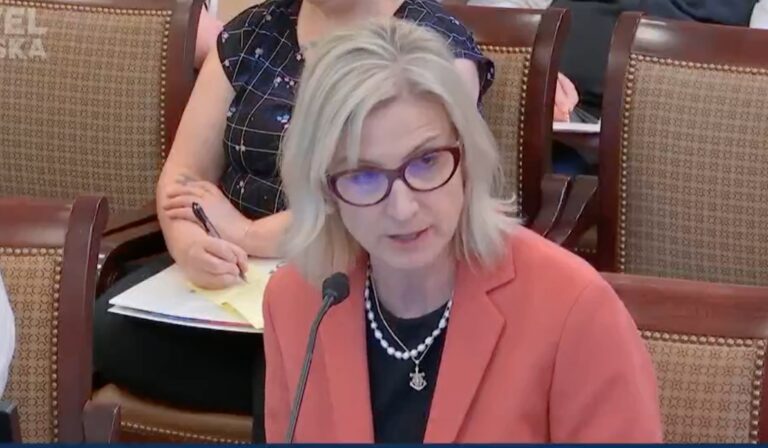Just before the May Day protests schedule for Thursday, Alaska Sen. Lisa Murkowski took to the statewide airwaves to encourage Alaskans to protest President Donald Trump.
On Alaska Public Radio’s “Talk of Alaska,” she praised the 50501 group that has been organizing regular resistance activities against Trump since Inauguration Day, Jan. 20. The group has been active in all 50 states, including Alaska.
Murkowski spent an hour on the show, with much of her time focused on criticizing the Trump Administration. She was speaking to her base of Democrats, but over 54.5% of Alaska voters cast their ballots for Trump, so she was speaking to the resistance. Murkowski found not one good thing to say about the president.
May Day protests will take place on May 1. It’s the socialist holiday that is being repurposed into another “never Trump” day for Democrats. Big protests are expected across Alaska and the nation.
“I think that type of engagement is important and people shouldn’t feel discouraged because, ‘well, I haven’t seen anything change since the last week that I went to go protest.’ Keep the engagement up,” she told the listening audience.
Earlier this month, she told nonprofit leaders in Anchorage that “We are all afraid,” of President Trump and even she fears speaking out against him.
Murkowski is increasing her profile as the leader of the opposition to Trump, along with Sen. Bernie Sanders. She has a memoir coming out in June about her life as a politician, and all publicity is good publicity for sales as she nears her book launch.










